Home>diy>Building & Construction>What Comes After Drywall When Building A House


Building & Construction
What Comes After Drywall When Building A House
Modified: February 26, 2024
Learn the essential steps in building construction after drywall installation. Discover what comes next in the process of building a house.
(Many of the links in this article redirect to a specific reviewed product. Your purchase of these products through affiliate links helps to generate commission for Storables.com, at no extra cost. Learn more)
Introduction
Building a house is an exciting and complex process that involves a series of carefully planned steps. From the initial design and permit acquisition to the final touches and cleanup, every stage plays a crucial role in creating a safe, comfortable, and aesthetically pleasing home. While many people are familiar with the basic stages of construction, such as framing and drywall installation, there are several other important steps that come after drywall.
In this article, we will explore what comes after drywall when building a house. We will delve into the intricate details of each stage, providing you with a comprehensive understanding of the construction process. So, let’s dive in and discover the crucial steps that follow the installation of drywall.
Key Takeaways:
- Building a house involves crucial steps after drywall installation, including framing, insulation, electrical wiring, plumbing, HVAC, doors/windows, interior finishes, flooring, cabinetry/countertops, appliances/fixtures, and final touches/cleanup.
- Each stage in the construction process, from insulation to interior finishes, contributes to creating a safe, comfortable, and visually appealing home. Meticulous planning, skilled craftsmanship, and attention to detail are essential for a successful construction project.
Framing the Structure
Once the drywall is installed, the next step is to focus on framing the structure of the house. This involves constructing the wooden frame that will support the walls, floors, and roof of the building. The frame provides the structural integrity and stability necessary for the entire house.
During the framing stage, skilled carpenters follow the architectural plans and use a combination of wood beams, studs, and trusses to create the framework. They carefully measure and cut the lumber to precise dimensions and use techniques such as nailing and screwing to secure the pieces together.
The framing process not only establishes the basic shape and layout of the house but also allows for the installation of important components like windows, doors, and stairs. It is crucial to ensure that the framing is done accurately, as any errors can lead to structural problems down the line.
Once the framing is complete, it undergoes inspection to ensure compliance with local building codes and regulations. This step is crucial to ensure the safety and durability of the house.
After the framing inspection, the house is ready for the next stage of construction.
Insulation
After the framing is done, the next step is to install insulation throughout the house. Insulation plays a critical role in maintaining a comfortable indoor temperature, reducing energy consumption, and improving overall energy efficiency.
There are several types of insulation materials available, including fiberglass, cellulose, and foam. The choice of insulation material depends on factors such as climate, budget, and local building codes.
The insulation is installed in the walls, floors, and ceilings of the house, creating a thermal barrier that helps to regulate heat flow. It helps to keep the interior of the house warm in cold weather and cool in hot weather. Insulation also helps to reduce noise transmission between rooms and from outside sources.
During the installation process, the insulation is cut to fit the spaces between the wall studs, floor joists, and roof rafters. It is essential to properly seal any gaps or joints to prevent air leakage, which can lead to energy loss and decreased efficiency.
Insulation installation varies depending on the type of material being used. For example, fiberglass insulation is typically installed in rolls or batts, while foam insulation is sprayed or injected into wall cavities.
After the insulation is installed, it is important to conduct an inspection to ensure proper coverage and alignment. This step helps to identify any areas that may require additional insulation or adjustment.
Insulation is a crucial step in the construction process, as it contributes to the overall comfort and energy efficiency of the house. It is an investment that pays off in the long run by reducing heating and cooling costs.
Electrical Wiring
Once the insulation is in place, the next crucial step is to install the electrical wiring throughout the house. Electrical wiring is the backbone of the electrical system, providing power and connectivity to various electrical fixtures, outlets, and appliances.
Electrical wiring should always be done by a licensed electrician to ensure safety and compliance with local electrical codes. The electrician will carefully plan the wiring layout based on the architectural plans and the specific electrical needs of the house.
The wiring process begins with running electrical cables through the walls, ceilings, and floors. These cables consist of copper or aluminum conductors enclosed in a protective sheath. The electrician will carefully route the cables to each electrical outlet, switch, and fixture.
During the wiring installation, the electrician will also install electrical panels, circuit breakers, and junction boxes. The electrical panel acts as the central control point for the electricity entering the house, while the circuit breakers protect against overload and provide circuit control. Junction boxes are used to safely connect and protect wire connections.
Each electrical outlet, switch, and fixture is connected to the wiring through wires and connectors. Switches are installed to control the lighting and appliances in different rooms, and outlets are placed strategically for easy access to power sources.
After the wiring installation is complete, the electrician will conduct a series of tests to ensure that everything is functioning correctly. This includes checking for proper grounding, testing circuits, and verifying that all outlets and switches are wired correctly.
Electrical wiring is a critical component of any house, providing the necessary power for lighting, heating, cooling, and operating electrical appliances. It is important to hire a professional electrician to ensure that the wiring is done safely and in accordance with building codes.
Plumbing
After the electrical wiring is in place, the next step in the construction process is to install the plumbing system. Plumbing is responsible for supplying water to the house and carrying away waste through a series of pipes, fixtures, and drains.
A licensed plumber is typically hired to handle the plumbing installation, as it requires specialized knowledge and expertise. The plumber will carefully plan the layout based on the architectural plans and local plumbing codes.
The plumbing system consists of water supply lines, drainage pipes, and various fixtures such as sinks, toilets, showers, and bathtubs. The plumber will install the water supply lines, which are typically made of copper, PVC, or PEX pipes. These pipes are connected to the main water supply and are responsible for delivering water to the fixtures throughout the house.
The drainage system consists of pipes that carry wastewater and sewage away from the house. These pipes are typically made of PVC or cast iron. The plumber will carefully connect the drainage pipes to each fixture and ensure proper slope to allow for efficient drainage.
During the plumbing installation, the plumber will also install fixtures such as sinks, toilets, showers, and bathtubs. These fixtures are connected to the water supply and drainage system through pipes and connectors. The plumber will check for proper sealing and ensure that all connections are secure.
After the plumbing installation is complete, the plumber will conduct a series of tests to check for leaks, proper water flow, and drainage. This includes pressure testing the pipes and fixtures, checking for any leaks, and making any necessary adjustments.
Plumbing is a crucial component of any house, providing essential water supply and waste management. It is important to hire a professional plumber to ensure that the plumbing system is installed correctly and functions properly.
HVAC (Heating, Ventilation, and Air Conditioning) System
Once the plumbing is taken care of, it’s time to focus on installing the HVAC system. HVAC, which stands for Heating, Ventilation, and Air Conditioning, is responsible for maintaining a comfortable indoor environment by controlling temperature, humidity, and air quality.
A professional HVAC contractor is usually hired to handle the installation of the system. They will assess the heating and cooling needs of the house and design a system that is efficient and suitable for the specific requirements.
The installation of the HVAC system involves several components, including the heating unit, cooling unit, ductwork, vents, and thermostat. The heating unit can be a furnace, boiler, or heat pump, while the cooling unit is typically an air conditioner or heat pump.
The HVAC system requires ductwork to distribute the heated or cooled air throughout the house. The ductwork is installed in the walls, floors, or ceilings and consists of a network of sealed pipes or channels. Vents are strategically placed to deliver conditioned air to each room while maintaining proper air circulation.
A thermostat is an essential component of the HVAC system. It allows homeowners to set and control the desired temperature and program the system according to their preferences. Modern thermostats often come with smart technology, allowing remote control and energy-saving features.
Once the HVAC system is installed, the contractor will ensure that all the components are properly connected and functioning correctly. They will perform tests to verify the heating and cooling performance, airflow, and temperature control.
Maintaining the HVAC system is crucial for its longevity and efficiency. Regular cleaning, filter changes, and system inspections are necessary to ensure optimal performance and indoor air quality.
The HVAC system plays a significant role in keeping the indoor environment comfortable and healthy. By investing in a well-designed and properly installed HVAC system, homeowners can enjoy the benefits of efficient heating, cooling, and ventilation for years to come.
Installing Doors and Windows
After the major systems like electrical, plumbing, and HVAC are in place, it’s time to focus on installing doors and windows. Doors and windows are not just crucial for providing access and natural light, but they also contribute to the overall aesthetic appeal of the house.
The installation of doors and windows requires precision and attention to detail. It is usually done by skilled carpenters or specialized window and door installers.
First, the openings for the doors and windows are carefully measured and prepared. The dimensions are critical to ensure a proper fit and seal. The rough opening is framed out with wood or metal studs, creating a secure and stable structure.
The door and window units are then carefully placed into the openings and secured. Depending on the type of installation and the materials used, this may involve screws, nails, or specialized brackets.
Once the doors and windows are installed, weatherproofing measures are taken. This includes the application of sealants, weatherstripping, and insulation to prevent air and water infiltration. This not only enhances energy efficiency but also protects against drafts and water damage.
The final step in the installation process is to test the doors and windows for proper operation. This involves checking for smooth opening and closing, ensuring that they latch securely, and verifying that the locking mechanisms work correctly.
In addition to functionality, doors and windows also provide opportunities for enhancing the aesthetic appeal of the house. Homeowners can choose from a wide variety of styles, materials, and finishes to match their desired look and complement the overall design.
It is important to prioritize quality and durability when selecting doors and windows. Investing in high-quality products can contribute to better insulation, security, and long-term value.
Installing doors and windows is a crucial step in the construction process, as it adds the finishing touches to the house while providing functionality, natural light, and ventilation. Proper installation and regular maintenance are essential to ensure their longevity and optimal performance.
Interior Wall Finishes
Once the doors and windows are installed, it’s time to focus on the interior wall finishes. This stage involves adding the final touches to the walls, transforming them into visually appealing and finished surfaces.
The choice of interior wall finishes depends on personal preference and the desired aesthetic of the house. There are various options available, including paint, wallpaper, textured finishes, wood paneling, and decorative tiles.
If paint is chosen as the wall finish, the walls are first prepared by filling any imperfections, such as cracks or holes, with spackle and sanding them smooth. Then, a primer coat is applied to ensure better adhesion and coverage of the paint. Finally, multiple coats of paint are applied, allowing each coat to dry before applying the next.
Wallpaper is another popular choice for interior wall finishes. It comes in a wide range of patterns, colors, and textures, allowing homeowners to create a unique and customized look. Wallpaper is applied using adhesive and tools such as a wallpaper brush or roller.
Textured finishes, such as stucco or Venetian plaster, can add depth and visual interest to the walls. These finishes involve applying a specialized coating or plaster mixture to create texture. The texture can be smooth or can have a more rustic or artistic appearance.
Wood paneling is a classic option for adding warmth and elegance to interior walls. It can be applied to the entire wall or used as wainscoting, which covers only the lower portion of the wall. Wood paneling can be stained or painted to match the desired style.
Decorative tiles are another option to consider for interior wall finishes. They can be used as a whole wall covering or as accents to create visual interest. Tiles come in various materials, including ceramic, porcelain, glass, and natural stone.
Regardless of the chosen finish, it is important to ensure proper surface preparation and application techniques to achieve a smooth and durable result. Hiring a professional painter or wall finish specialist can help ensure a high-quality finish.
Interior wall finishes not only add visual appeal to the house but also contribute to its overall ambiance and style. They can create a sense of coziness, luxury, or modernity, depending on the chosen materials and colors.
By carefully selecting and applying interior wall finishes, homeowners can create a personalized space that reflects their taste and enhances the overall aesthetic of the house.
After drywall, the next step in building a house is typically to prime and paint the walls. This will give the walls a finished look and protect the drywall from moisture and damage.
Flooring
Once the walls are finished, it’s time to move on to the flooring. Choosing the right flooring material is crucial as it not only impacts the overall aesthetics of the house but also affects the functionality and durability of the floors.
There are various flooring options available, each with its own unique characteristics and advantages. Common flooring materials include hardwood, laminate, tile, vinyl, carpet, and natural stone.
Hardwood flooring is a popular choice for its timeless beauty and durability. It comes in a variety of wood species, finishes, and stains, allowing homeowners to choose the perfect match for their style and preferences. Hardwood floors can be sanded and refinished to restore their appearance over time.
Laminate flooring is a more affordable alternative to hardwood that mimics its look. It consists of a durable composite material with a photographic layer that replicates the appearance of wood or other materials. Laminate flooring is known for its easy installation and low maintenance requirements.
Tile flooring is a versatile option that comes in various materials, including ceramic, porcelain, and natural stone. Tiles offer a wide range of design options, from sleek and modern to rustic and traditional. They are known for their durability, water resistance, and easy maintenance.
Vinyl flooring is a cost-effective and durable option that comes in a variety of styles, including vinyl plank and vinyl tile. It is known for its resilience and water resistance, making it suitable for areas such as kitchens and bathrooms. Vinyl flooring is available in a wide array of designs, including wood and stone looks.
Carpeting provides warmth, comfort, and noise insulation. It comes in various styles, textures, and colors, allowing homeowners to create a cozy and inviting atmosphere. Carpeting is ideal for bedrooms, living rooms, and areas where comfort is a priority.
Natural stone flooring, such as marble, granite, or slate, adds a touch of luxury and elegance to the house. Each type of stone has its own unique characteristics, colors, and patterns, creating a one-of-a-kind look. Natural stone flooring is durable and can withstand heavy traffic areas.
When choosing flooring materials, it’s essential to consider factors such as the location, foot traffic, maintenance requirements, and personal preferences. It’s recommended to consult with flooring experts or interior designers to select the most suitable option for each area of the house.
Proper installation is crucial to ensure the longevity and performance of the flooring. Hiring professionals or experienced installers will help ensure a precise and professional installation process.
By carefully selecting and installing the flooring, homeowners can create a functional and visually appealing space that reflects their style and meets their needs.
Interior Trim
Once the walls and floors are complete, it’s time to focus on the interior trim. Interior trim refers to the decorative and functional elements that are installed around doors, windows, baseboards, and other architectural features.
The purpose of interior trim is twofold: to enhance the aesthetic appeal of the space and to provide a finished look by covering gaps and transitions between different surfaces.
The most common types of interior trim include baseboards, crown molding, window and door casings, chair rails, and wainscoting.
Baseboards run along the bottom of the walls, where they meet the flooring. They not only provide visual separation between the walls and the floor but also protect the wall from scuffs and damage. Baseboards are available in various styles and sizes to match different design preferences.
Crown molding is installed at the junction between the walls and the ceilings, adding a touch of elegance and sophistication. It can be simple or intricate in design, depending on the desired aesthetic. Crown molding brings a sense of architectural detail and can visually elevate the height of the ceilings.
Window and door casings are installed around windows and doors, framing them and providing a finished look. They can be simple or elaborate in design, depending on the overall style of the house. Casings not only enhance the visual appeal but also help to protect and insulate the openings.
Chair rails are horizontal moldings installed on the walls, typically at chair height. They serve as both decorative elements and protective barriers, preventing chairs and other furniture from damaging the walls. Chair rails can also be paired with wainscoting, a paneling installed on the lower portion of the walls, to create a classic and sophisticated look.
Interior trim is typically made of wood, although there are synthetic options available as well. Wood trim can be stained, painted, or left natural to match the desired style and complement the overall color scheme of the space.
Installing interior trim requires precision and attention to detail. Measurements need to be accurate, and cutting and fitting the trim pieces may require specialized tools and techniques. It is recommended to hire a professional carpenter or trim installer to ensure a seamless installation.
Interior trim adds the finishing touches to a house, bringing depth, character, and visual interest to the space. It not only enhances the overall aesthetic but also contributes to the sense of craftsmanship and attention to detail.
By carefully selecting and installing interior trim, homeowners can create a polished and cohesive look that elevates the interior design of their home.
Painting and Wall Coverings
After the walls have been prepared and trimmed, the next step is to focus on painting and wall coverings. These elements play a significant role in setting the tone, style, and ambiance of the interior space.
Painting is the most common method of finishing walls and ceilings. It allows homeowners to choose from a vast range of colors and finishes to create the desired look and feel in each room. Before painting, it’s important to properly prepare the surfaces by filling any cracks or imperfections and applying a primer to ensure better paint adhesion.
The color palette chosen for painting can greatly influence the overall mood. Light colors can create a sense of openness and brightness, while darker shades can add depth and coziness. Accent walls with bold colors can also be used to highlight specific areas or architectural features.
In addition to paint, there are various wall coverings available that can add texture, patterns, or a unique look to the walls. Wallpaper is a popular option, with a wide variety of designs, textures, and patterns to choose from. Applying wallpaper requires careful measurements, cutting, and smoothing to achieve a seamless and professional finish.
Wall decals and murals are another option for adding visual interest to the walls. They can feature intricate designs, landscapes, or personalized images, offering a creative way to enhance the overall style of the space.
Wall paneling or wainscoting is another method of wall covering that adds texture and depth. It can be made of wood, MDF, or other materials and is typically installed on the lower portion of the wall. Paneling can be left in a natural finish or painted to match the desired aesthetic.
Choosing the right wall coverings or painting techniques can transform a plain wall into a focal point or a work of art. It’s important to consider the overall design concept and desired style of the space when selecting the appropriate methods.
In the case of painting or applying wall coverings, proper surface preparation, technique, and attention to detail are crucial for achieving a professional and polished look. It’s recommended to hire experienced painters or wall covering experts for a flawless finish.
Painting and wall coverings provide the finishing touches to the interior space, adding personality, visual interest, and style. It’s an opportunity to infuse creativity and create a unique environment that reflects the homeowners’ taste and preferences.
Cabinetry and Countertops
When it comes to creating functional and organized spaces, cabinetry and countertops play a crucial role in both the kitchen and bathrooms. These elements not only provide storage and work surfaces but also contribute to the overall aesthetic appeal of the space.
Cabinetry is typically made of wood or wood-based materials and comes in various styles and finishes. It includes kitchen cabinets, bathroom vanities, and other storage units such as closets and pantry cabinets.
The process of installing cabinetry begins with careful measuring and planning to ensure a proper fit and layout. Custom cabinets can be designed to meet specific storage needs and maximize space utilization. Once the design is finalized, the cabinets are constructed and installed by skilled carpenters or cabinet installers.
Countertops are typically installed on top of the cabinetry and serve as the work surface in the kitchen and bathrooms. They come in a wide range of materials, including granite, quartz, marble, laminate, and solid surface.
Each countertop material has its own unique characteristics, such as durability, heat resistance, scratch resistance, and maintenance requirements. Granite and quartz are popular choices due to their durability and natural beauty, while laminate offers affordability and a variety of color options.
The installation of countertops involves precise measuring, cutting, and fitting to ensure a seamless and secure fit. Once the countertops are installed, they are typically sealed to protect against staining and to enhance durability.
Both cabinetry and countertops can be customized to fit the desired style and design of the space. From traditional to modern, sleek to rustic, the choices in finishes, colors, and hardware can create a cohesive and personalized look.
By prioritizing functionality and quality craftsmanship, homeowners can ensure that cabinetry and countertops not only enhance the aesthetic appeal but also provide long-lasting and practical storage solutions.
It is important to work with experienced professionals or kitchen and bath designers to ensure that the cabinetry and countertops are properly installed and meet the specific needs of the space.
Cabinetry and countertops are essential elements in creating well-organized and visually appealing kitchens and bathrooms. With careful consideration and attention to detail, homeowners can achieve a functional and beautiful space that suits their lifestyle and reflects their personal style.
Appliances and Fixtures
When it comes to creating fully functional and efficient spaces, appliances and fixtures are essential components in both the kitchen and bathrooms. These elements not only provide convenience but also contribute to the overall functionality and style of the rooms.
In the kitchen, appliances such as refrigerators, stoves, ovens, dishwashers, and microwaves are crucial for food storage, meal preparation, and cooking. The selection of appliances depends on personal preferences, lifestyle, and specific needs.
Refrigerators come in various styles and sizes, including side-by-side, top-freezer, and French-door. They offer different features such as water and ice dispensers, adjustable shelves, and temperature control options.
Stoves and ovens can be gas or electric, with options such as freestanding, slide-in, or built-in. They come with various cooking features, such as multiple burners, convection cooking, and self-cleaning capabilities.
Dishwashers make cleaning up after meals a breeze, while microwaves provide quick and convenient heating and cooking options. Choosing energy-efficient appliances can help reduce energy consumption and lower utility bills.
In the bathrooms, fixtures like sinks, faucets, showers, bathtubs, toilets, and vanities are essential for daily hygiene and relaxation. The variety of styles, finishes, and features allows homeowners to create a personalized and functional space.
Sinks and faucets come in various materials such as porcelain, stainless steel, or glass and offer different configurations and styles. Showers and bathtubs can be customized with features like rainfall showerheads, adjustable jets, and modern fixtures.
Toilets can have different flushing mechanisms, such as gravity-fed or dual-flush, and can offer water-saving options. Vanities provide storage and workspace and come in a variety of styles and sizes to complement the overall design of the bathroom.
Proper installation of appliances and fixtures is crucial to ensure their safe and efficient operation. Electrical and plumbing connections should be done by qualified professionals to meet building codes and ensure compliance with safety standards.
Choosing appliances and fixtures that are well-suited to the specific needs of the household can greatly enhance the functionality and enjoyment of both the kitchen and bathrooms.
It’s also important to consider factors such as energy efficiency, water conservation, and product warranties when selecting appliances and fixtures. Consulting with professionals or visiting showrooms can provide valuable guidance and help in choosing the right appliances and fixtures for the space.
Appliances and fixtures bring convenience, comfort, and aesthetic appeal to the kitchen and bathrooms. By carefully selecting and installing these elements, homeowners can create functional and enjoyable spaces that meet their needs and reflect their personal style.
Read more: What To Think About When Building A House
Final Touches and Cleanup
Once all the major construction and installation work is complete, it’s time to focus on the final touches and cleanup of the house. This stage involves adding the finishing details and ensuring a clean and polished space.
One of the first steps in the final touches is to inspect the entire house for any remaining work that needs to be done. It’s essential to check for any outstanding repairs, touch-ups, or adjustments that need attention.
This is also the time to address any issues that may have arisen during the construction process. It’s important to fix any damages or problems that may have occurred to ensure that the house is in its best condition.
Once any necessary repairs are completed, the final paint touch-ups can be done. This includes addressing any areas that may have been missed during the initial painting process or areas that require additional coats for a flawless finish.
After the touch-ups, it’s time to conduct a thorough cleaning of the entire house. This includes dusting, vacuuming, mopping, and wiping down all surfaces. It’s important to remove any construction debris, dirt, or dust that may have accumulated during the construction process.
Cleaning also involves ensuring that all windows, mirrors, and glass surfaces are streak-free and sparkling. This can be achieved by using appropriate cleaning solutions and tools, such as glass cleaners and microfiber cloths.
The final touches also include installing any remaining fixtures, such as lighting fixtures, door handles, and cabinet hardware. These small details can make a big difference in the overall appearance and functionality of the house.
Carpet cleaning or floor polishing may also be necessary to give the flooring a fresh and clean look. This can be done by hiring professionals or renting equipment to achieve the desired results.
As the final step, a thorough walkthrough of the entire house should be conducted to ensure that everything is in proper working order and that all details have been addressed. Taking note of any last-minute adjustments or touch-ups needed can help ensure a fully completed and satisfactory project.
By paying attention to the final touches and conducting a comprehensive cleanup, homeowners can be confident that their house is ready for occupancy and enjoyment.
The final touches and cleanup stage are essential in completing the construction process, ensuring the house is in its best condition, and preparing it for its occupants. It’s a time to create a clean and inviting space where homeowners can truly feel at home.
Conclusion
Building a house is a complex and exciting process that involves many stages, from framing the structure to adding the final touches. Each step plays a crucial role in creating a safe, comfortable, and visually appealing home.
After the installation of drywall, there are several important steps that follow. Framing the structure provides the foundation for the house, while insulation helps regulate temperature and improve energy efficiency. Electrical wiring ensures power supply throughout the home, while plumbing brings water in and carries away waste. The HVAC system ensures comfort and indoor air quality, while doors and windows provide access and natural light.
Interior wall finishes, such as paint, wallpaper, and textured finishes, add personality and style to the space. Flooring options, including hardwood, tile, and carpet, enhance the functionality and aesthetic appeal of each room. Interior trim, cabinetry, and countertops add the finishing touches and contribute to the overall design.
Appliances and fixtures in the kitchen and bathrooms provide convenience and functionality. The final touches and cleanup involve inspection, touch-ups, and thorough cleaning to ensure a polished and ready-to-enjoy home.
Overall, the construction process requires meticulous planning, skilled craftsmanship, and attention to detail. It is important to work with professionals and experts in each field to ensure the highest quality and compliance with building codes and standards.
By following the proper sequence of construction stages and paying attention to the details, homeowners can create a house that meets their needs, reflects their style, and provides a comfortable and functional living space for years to come.
Building a home is a rewarding journey that culminates in the realization of a dream. With careful planning and execution, a house can be transformed into a place where cherished memories are made, and a sense of pride and belonging is felt.
So, whether you’re embarking on a new construction project or renovating an existing space, remember the importance of each step in the process. From drywall installation to the final touches, every stage contributes to the creation of a beautiful and cherished home.
Frequently Asked Questions about What Comes After Drywall When Building A House
Was this page helpful?
At Storables.com, we guarantee accurate and reliable information. Our content, validated by Expert Board Contributors, is crafted following stringent Editorial Policies. We're committed to providing you with well-researched, expert-backed insights for all your informational needs.
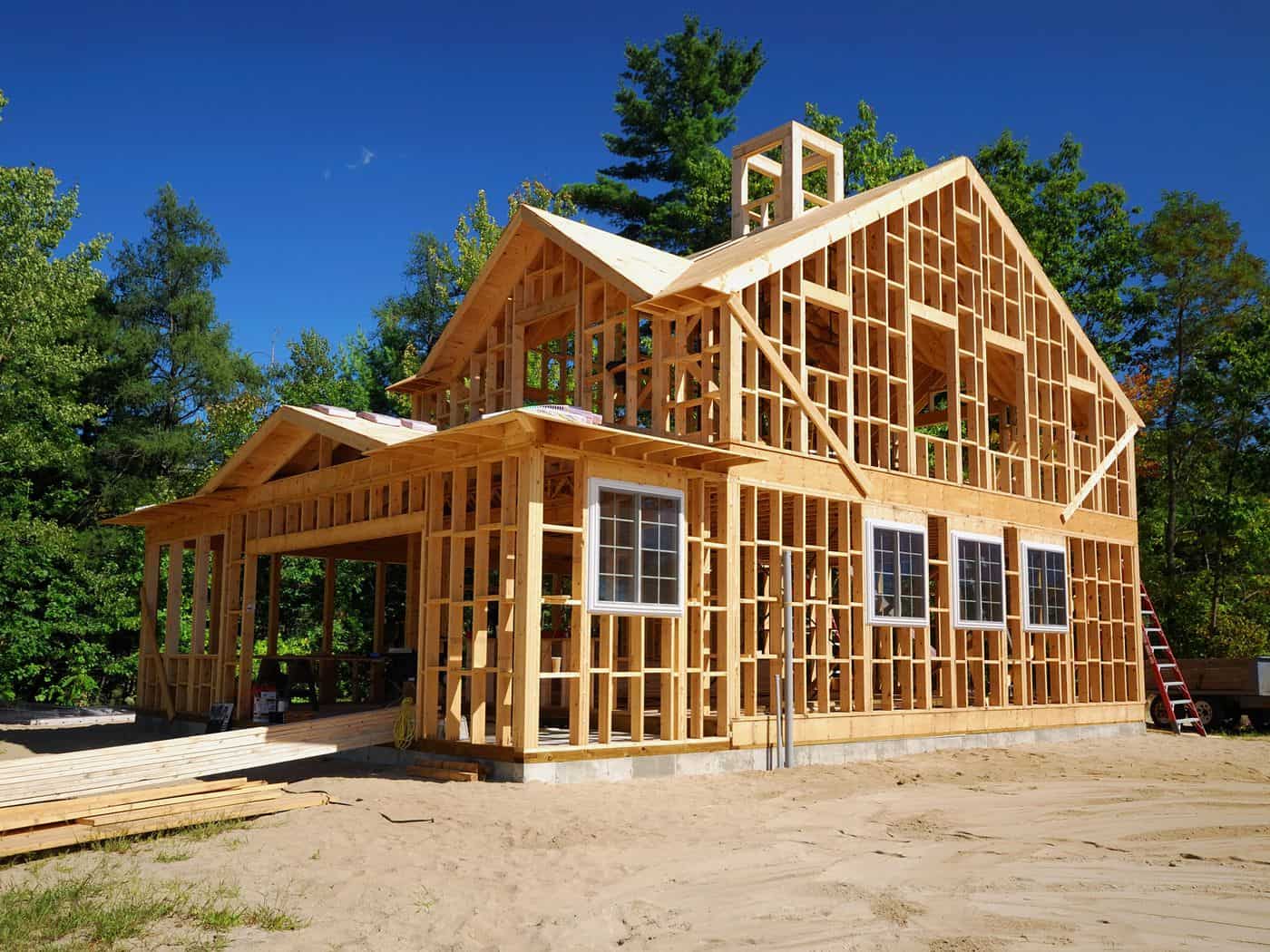


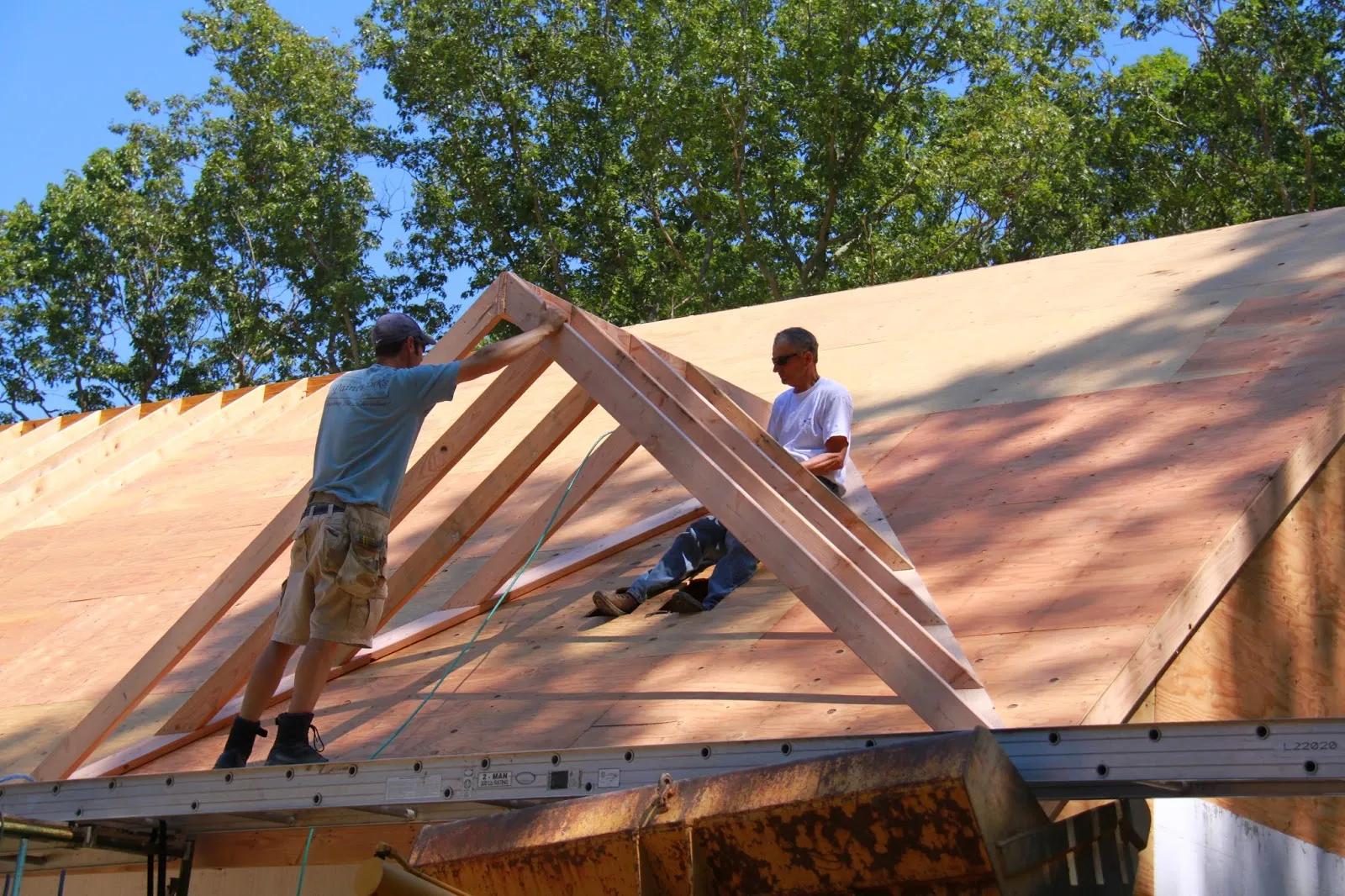


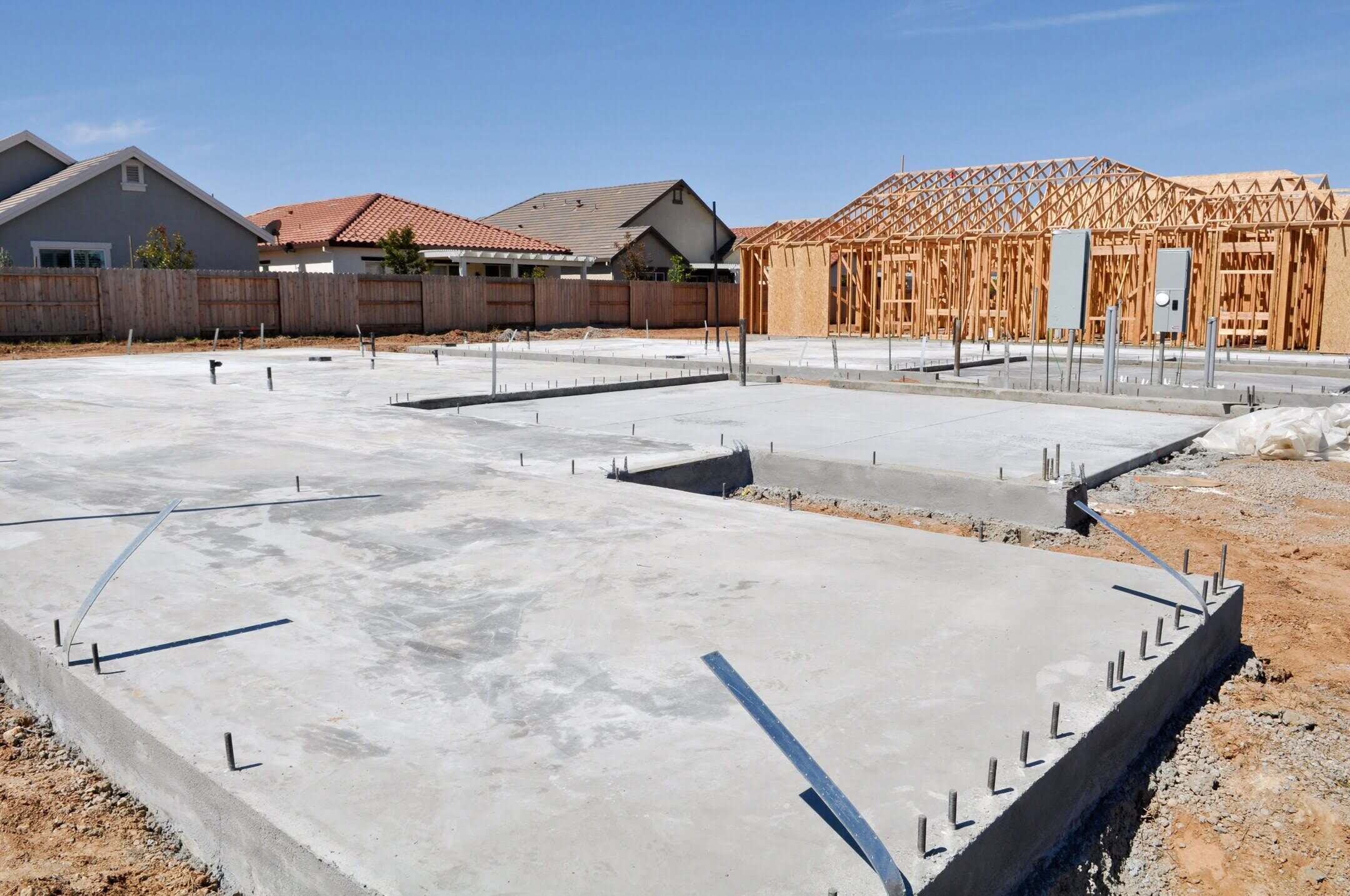
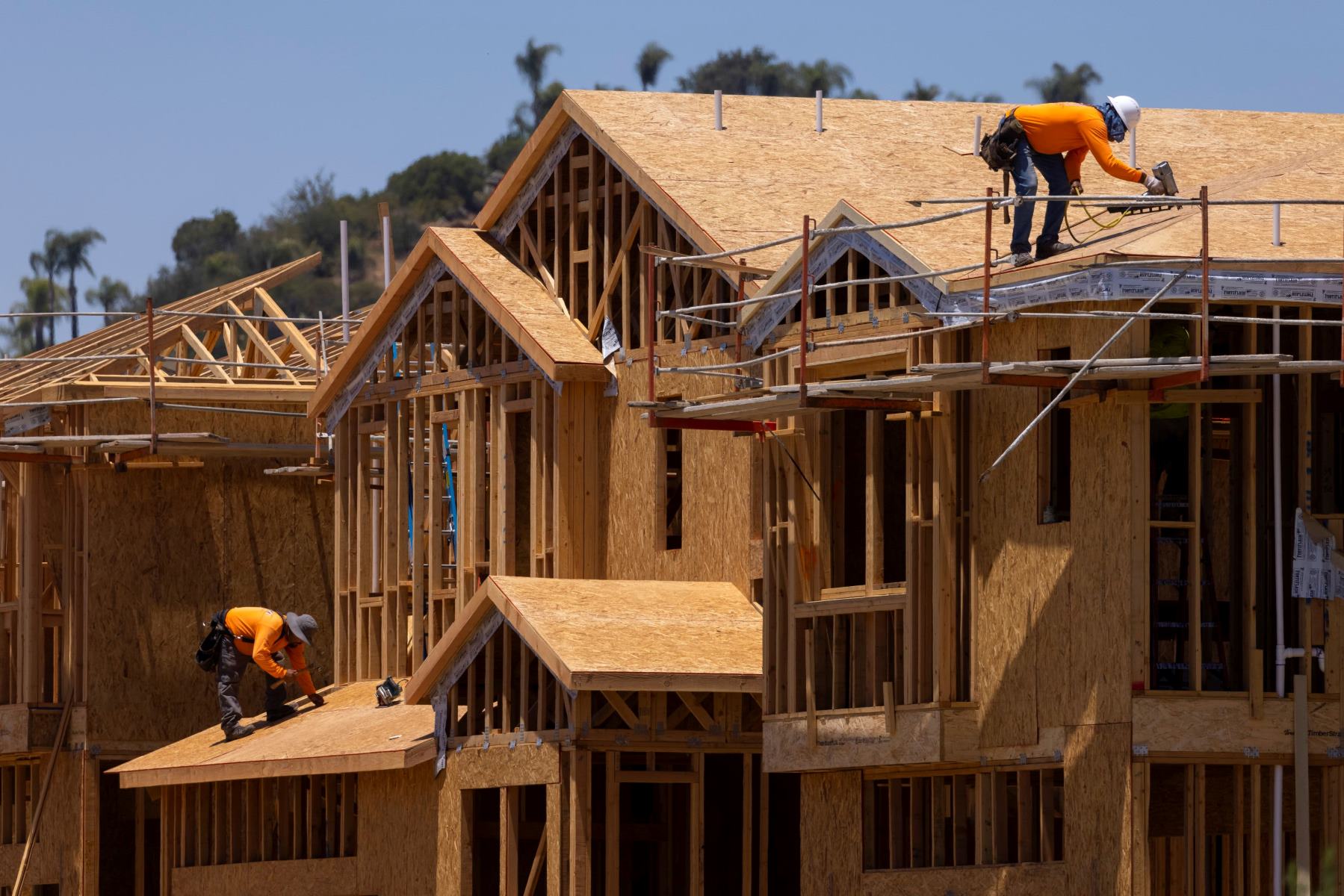
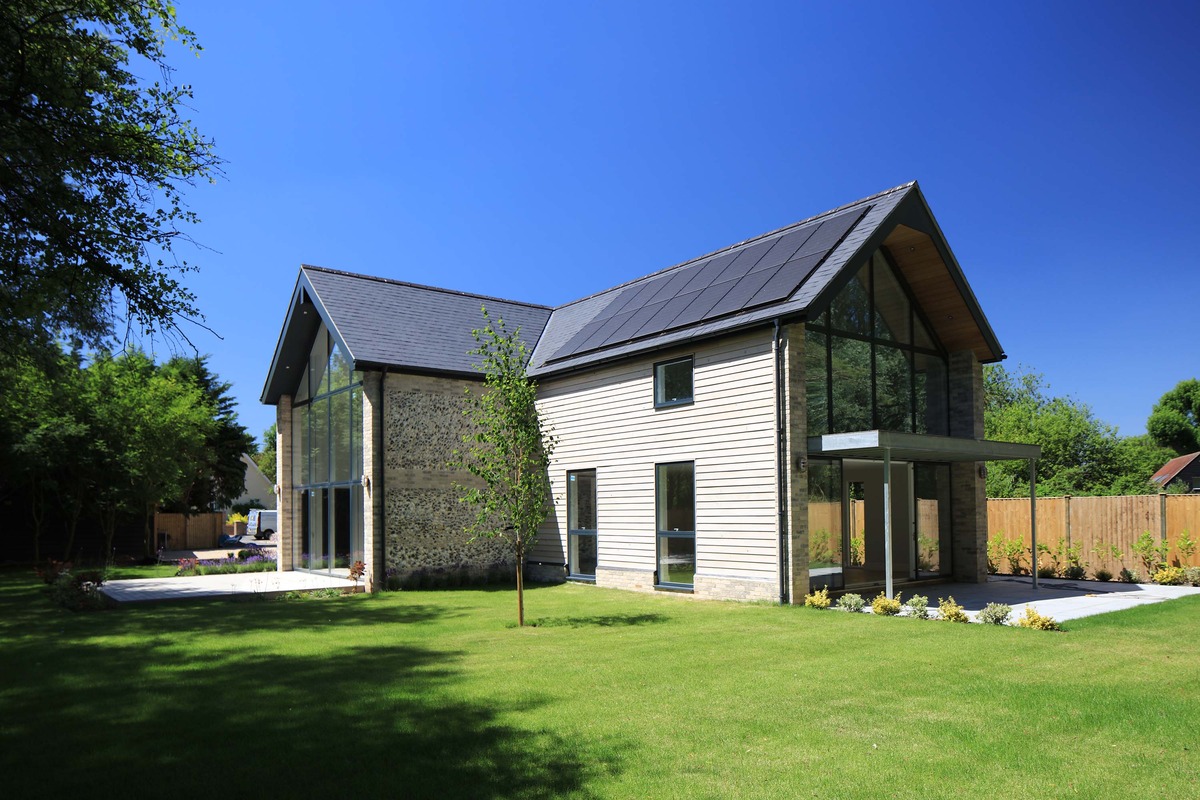
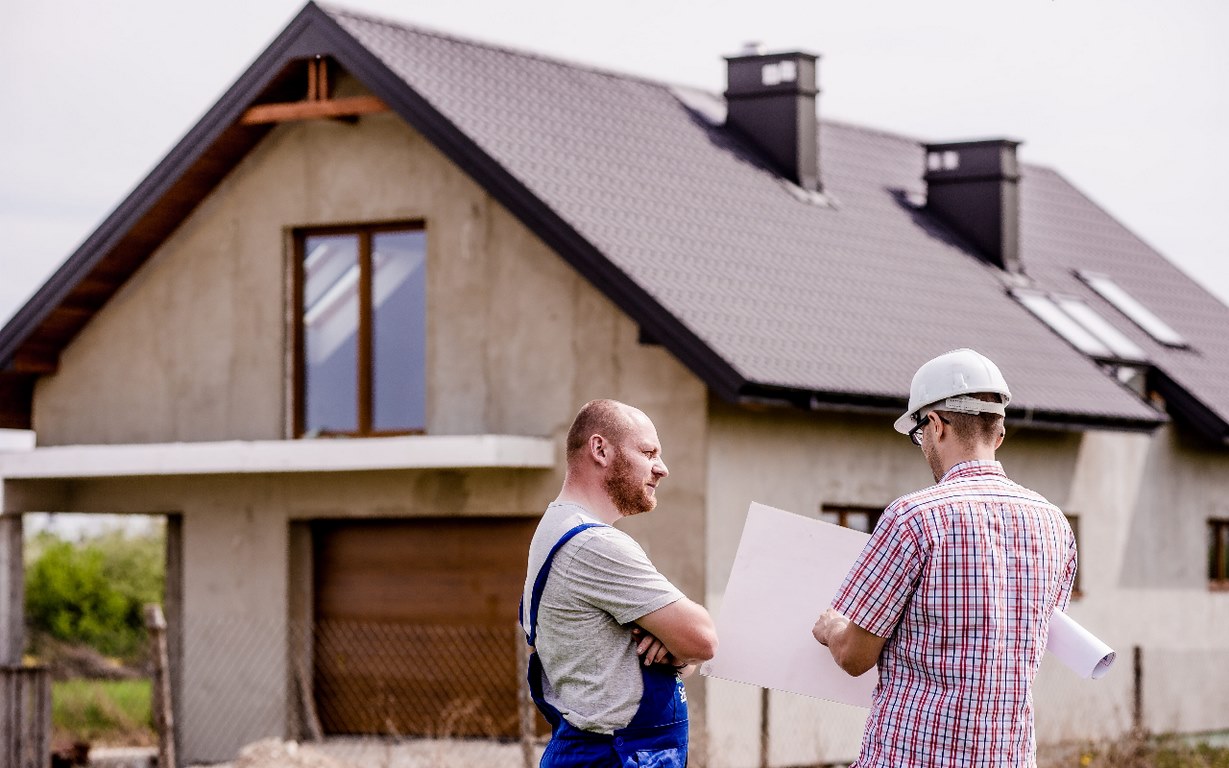
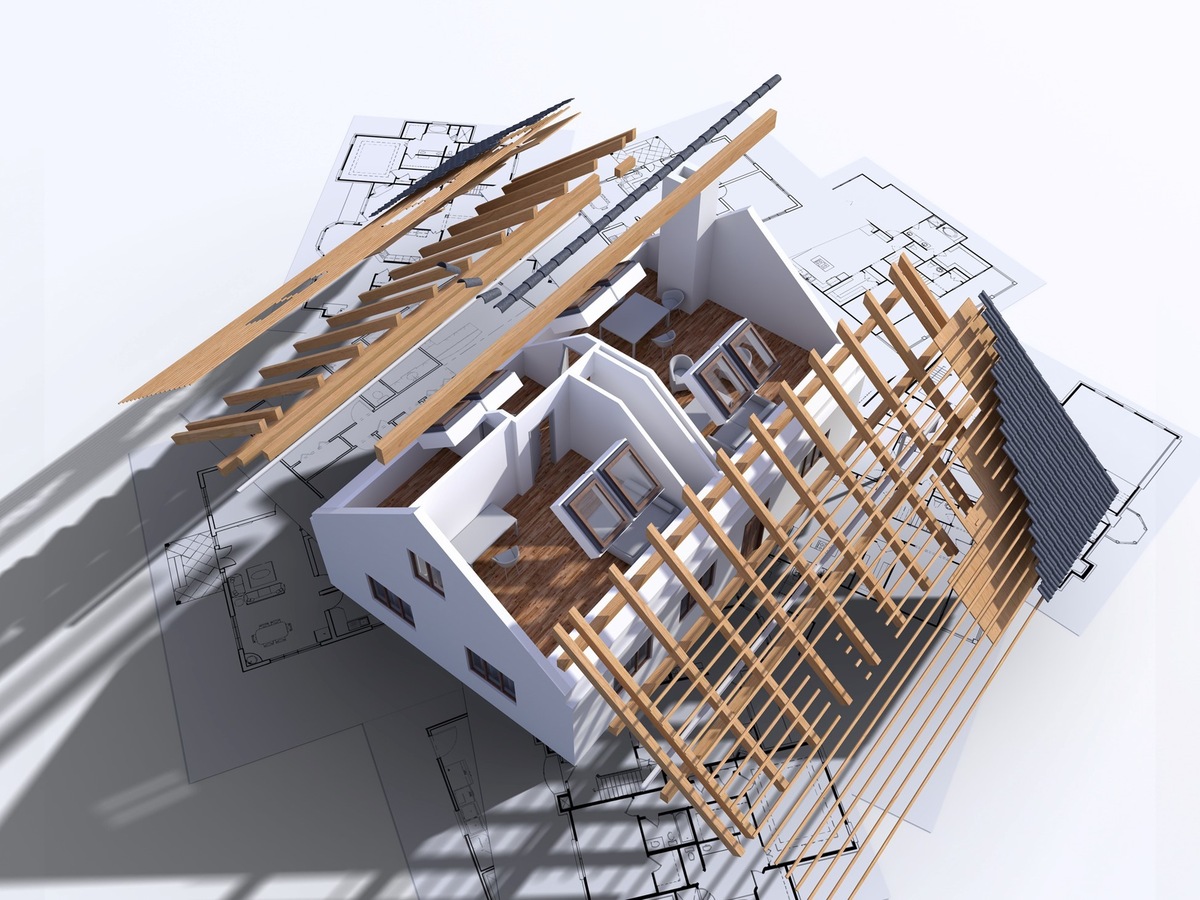
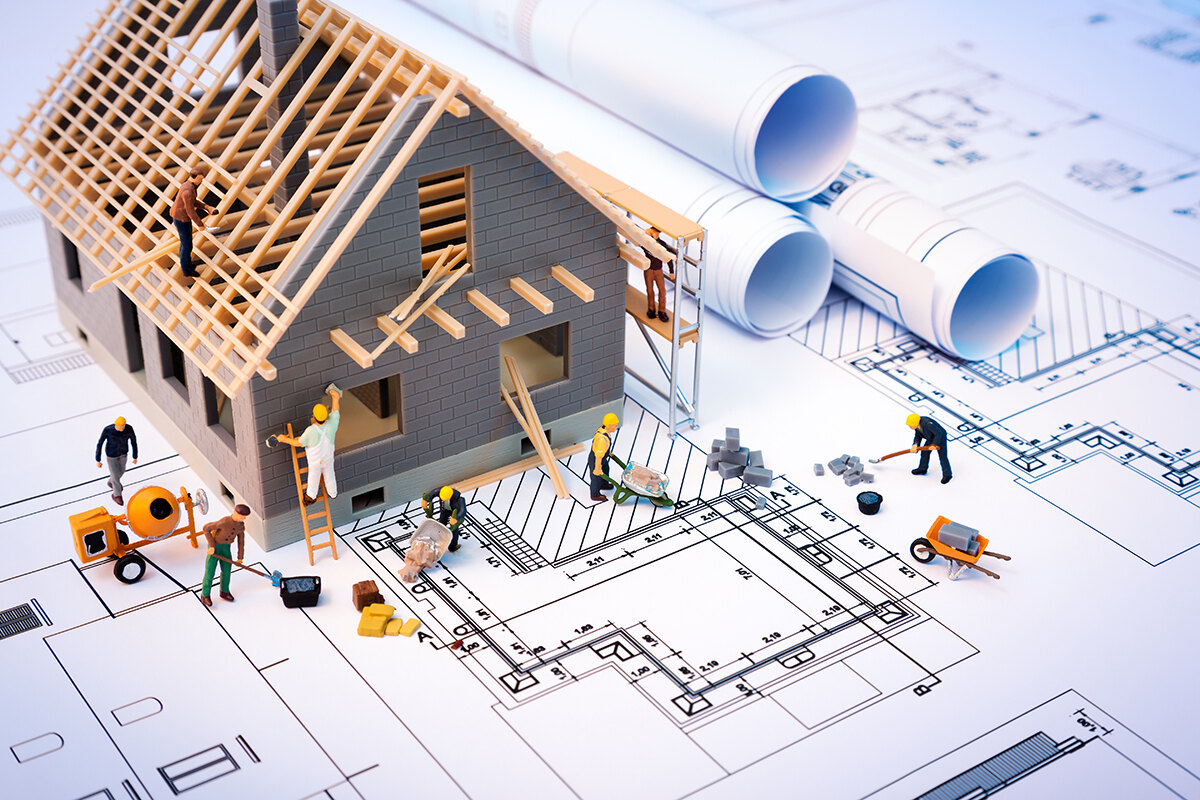

0 thoughts on “What Comes After Drywall When Building A House”